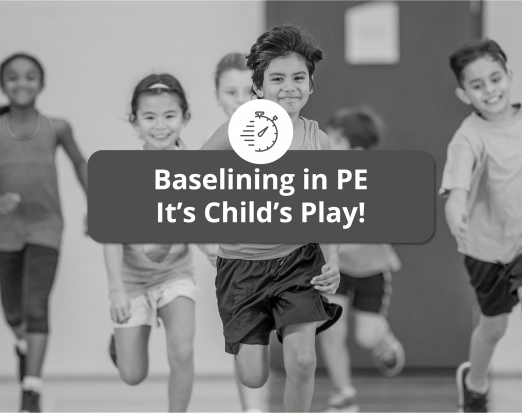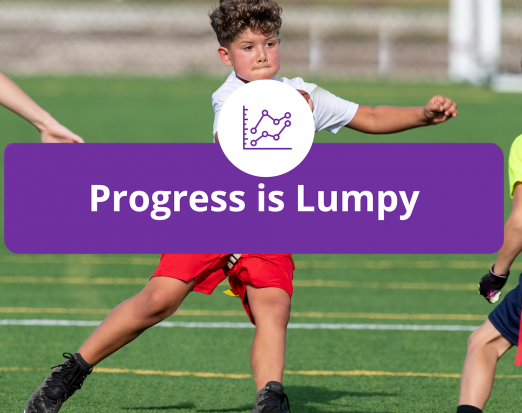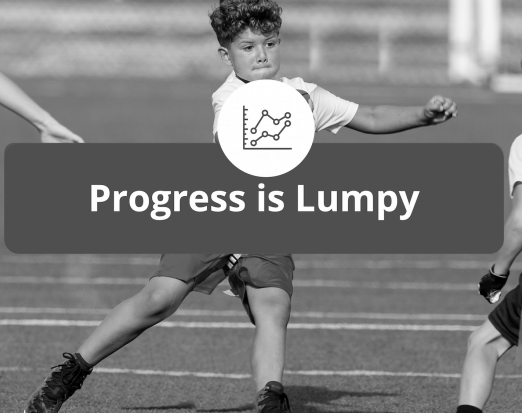Time to put PE through its paces

This week has been another validatory week for Amaven as the health news earlier in the week rang out with calls to test fitness in primary schools. First up was Monday’s Guardian which ran with the headline: ‘children not getting recommended daily exercise’. The BBC followed the next day reporting that health campaigners are calling for childrens’ physical fitness levels to be tested.
The coverage stems from a ukactive report which highlights that primary schools are not following the guidance of the chief medical officer and are not recording the physical activity of their pupils properly. Like the team at Amaven, ukactive has long been calling for physical activity to be measured in schools, much in the same way that maths and English are.
Tanni Grey-Thompson, chair of the board of ukactive and Paralympian, was quoted by the Guardian as saying: “The basis for this report stems from a fundamental belief that if we are to improve something we must first be able to understand it, and to measure the outcomes.”
These two basic principles – understanding and measurement - are paramount. The first part of the understanding rests in the recognition of the importance of physical activity for our children. The habits that they develop now will stay with them later and the relationship that they form with physical activity and exercise will help to develop their physical health, mental health and overall wellbeing. If we can grasp and process that basic truth then we are more than half way there.
There have been trials that prove that increased physical activity improves academic performance so the PE aspect arguably impacts on the maths and English and other lessons anyway. They are all tied together in this manner.
Teachers at the Montpelier school in Ealing were cited as having further explored this correlation by introducing physical activity into daily lessons, incorporating arm movements into English to illustrate and act out punctuation marks, for example. Interestingly, the head teacher said that lunchtime behaviour had improved as a result of the increased activity.
Once the understanding is in place and the importance of the issue is grasped, then the measurement aspect becomes obvious. (We don’t question measuring our childrens’ reading abilities or spelling, after all).
At school level, we need to move beyond looking at the general BMI (Body Mass Index) and look at the child’s actual health and ability in terms of physical fitness. The Government has increased funding for PE, so let’s now see that funding used correctly and have the systems put in place that can measure progress and allow for early intervention where necessary.
At Amaven, we’re happy to work with any bodies that share this goal and have made contact with ukactive to offer our support.





